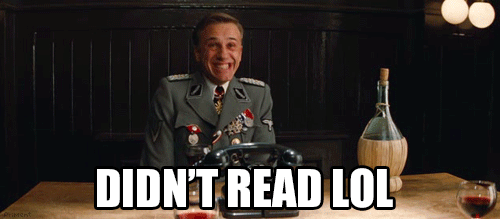Wind power involves converting wind energy into electricity by using wind turbines. A wind turbine is composed of 3 propellers-like blades called a rotor. The rotor is attached to a tall tower. On average wind towers in residential settings are about 20m high. The reason why the tower is so tall is because winds are stronger higher from the ground and there’s less of a buffeting effect. horizontal and vertical axis wind turbine Vertical and horizontal axis turbines used for residential electricity generation
Wind comes from atmospheric changes; changes in temperature and pressure makes the air move around the surface of the earth; all of which is triggered by the sun. So in a way, wind energy is another form of solar power. A wind turbine captures the wind to produce energy. The wind makes the rotor spin; as the rotor spins, the movement of the blades drives a generator that creates energy. The motion of the wind turbine turning is called kinetic energy, this power is converted into electricity. The conversion of wind into electricity
Wind power is converted into electricity by magnets moving past stationary coils of wire known as the stator. As the magnets pass the stator, AC electricity is produced. It is then converted into DC electricity which can be used to charge batteries which store the electrical energy or can also be fed into a grid interactive inverter for feeding power into the electricity grid. The benefits of wind power
Wind power is a clean energy source that can be relied on for the long-term future. A wind turbine creates reliable, cost-effective, pollution free energy. It is affordable, clean and sustainable. One wind turbine can be sufficient to generate energy for a household. Because wind is a source of energy which is non-polluting and renewable, wind turbines create power without using fossil fuels, without producing greenhouse gases or radioactive or toxic waste. Wind turbine installation
Wind turbines can be installed on properties, on boats, or caravans. Whether a wind turbine is viable depends entirely on the amount of wind resources available in your area. The first thing you need to do is to find out the average speed in your area. While using freely available data gives an indication, the most reliable method is a reading taken at your site. The average wind speed needs to be above 5m/s (18km per hour) to make installing a wind turbine worthwhile. Ideal locations for wind turbines are in the country, on farms, or on the coast: basically anywhere away from built-up areas. The more buildings around the wind turbine, the less wind there is. Setting up a wind turbine is a big job that takes time but it can be a very cost effective way of creating power as long as the average wind speed is high enough. Is wind power right for you?







